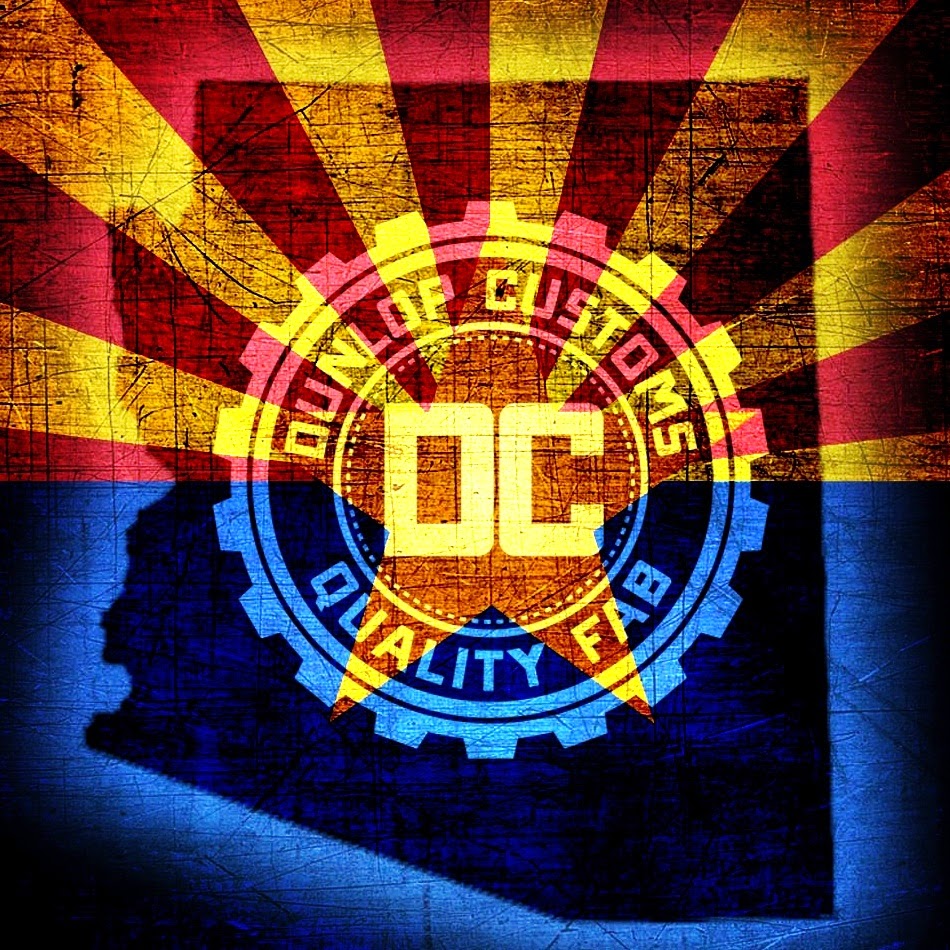First things first I had to decide what the long term goal was going to be with this truck? TRAIL READY/ROCK CRAWLER! Easy enough right? Well this step is pretty important because that will determine how much suspension travel you will need, how much armor to put on it, and what type of axle internals you will be needing in order to handle the stresses of off road driving. Plus if I ever decide to get rid of the leaf spring suspension and go with links, coil over shocks, and PSC hydraulic ram steering assist I will need to set it up so that this will be easy in the future without rebuilding an entirely new housing.
The axle is the original 1984-85 Toyota straight axle that has been stripped down and rebuilt with Marlin Crawlers Eco Seal kit (knuckle rebuild), Marlin Crawler Armor (needed some serious elbow grease and labor on my part) trail gear creeper gussets, grade 8 nuts in the steer stops, 1.5" wheel spacers, Ballistic fab upper truss, and Dunlop Customs front and lower armor! I decided that I wanted to make this housing as clean and beefy as I could get it without buying some new rough stuff housings. All the armor and gussets on this axle are .250"- .375" thick steel making for a long lasting rock slaying axle housing.
Grade 8 Nut shaved to fit in the steer stops
Marlin Crawler armor after I re welded them together, sanded them all smooth, and fine tuned them to sit flush on the axle housing.
Axle housing before front truss was welded on.
Front Truss Mock Up
Got the front truss in position and ready for welding. I threw on some flare to make this axle standout a bit. I used some small punch blanks because it looks like little spikes. I think that it gives it a tough look without being to over board. The spikes where TIG welded on so that it would be clean and look almost like they where seamless.
FJ Rotors
Fully Serviced and Mounted Axle
The lower armor on the axle housing protects the drain plug as well as the gears inside from being damaged. This housing is rock ready!
I would like to place a mount for a D-Ring in the middle of the axle for when the winch and bumper is installed. This would be used to compress the suspension. Compressing the front suspension comes in handy for steep climbs since it lowers your CG (center of gravity) a bit, cuts down on axle hop and can help provide more traction by shifting the weight of the rig around. One other benefit is it makes the obstacle feel less steep than it really is since the front end is brought down and the front suspension is no longer unloaded, this can provide a much needed boost of confidence to the driver.
FOR ALL YOUR FABRICATION/ WELDING NEEDS:
BROCK DUNLOP
602-515-2285
BROCK@DUNLOPCUSTOMS.COM























































